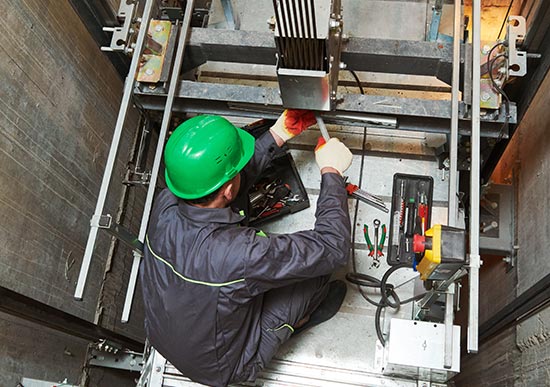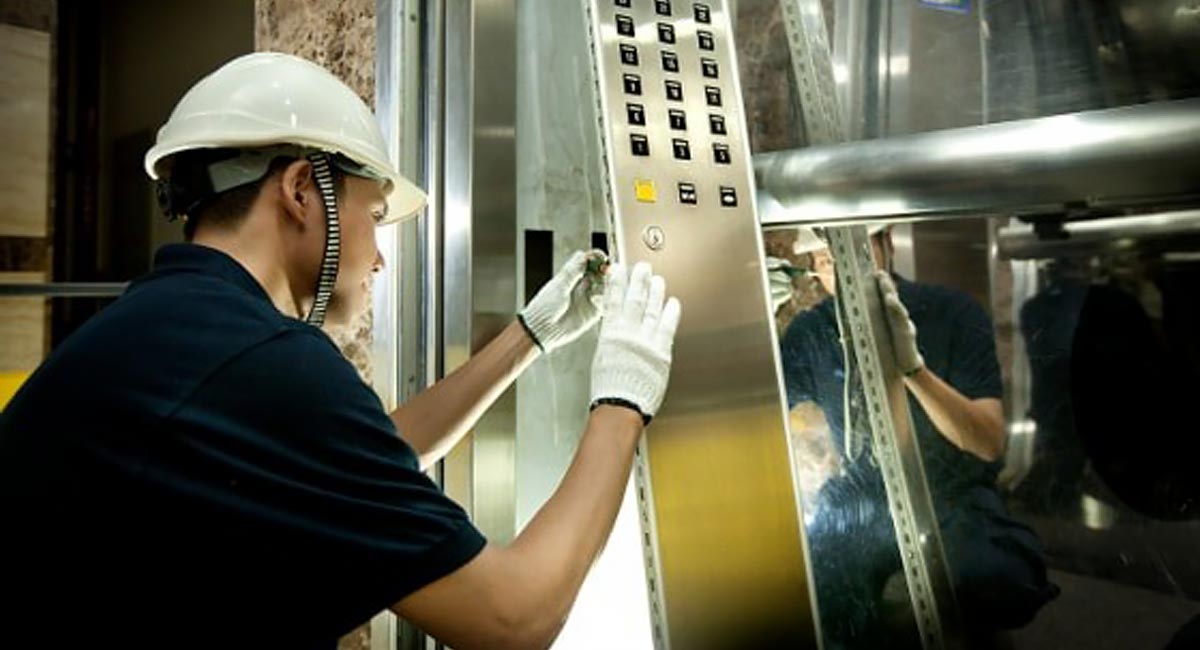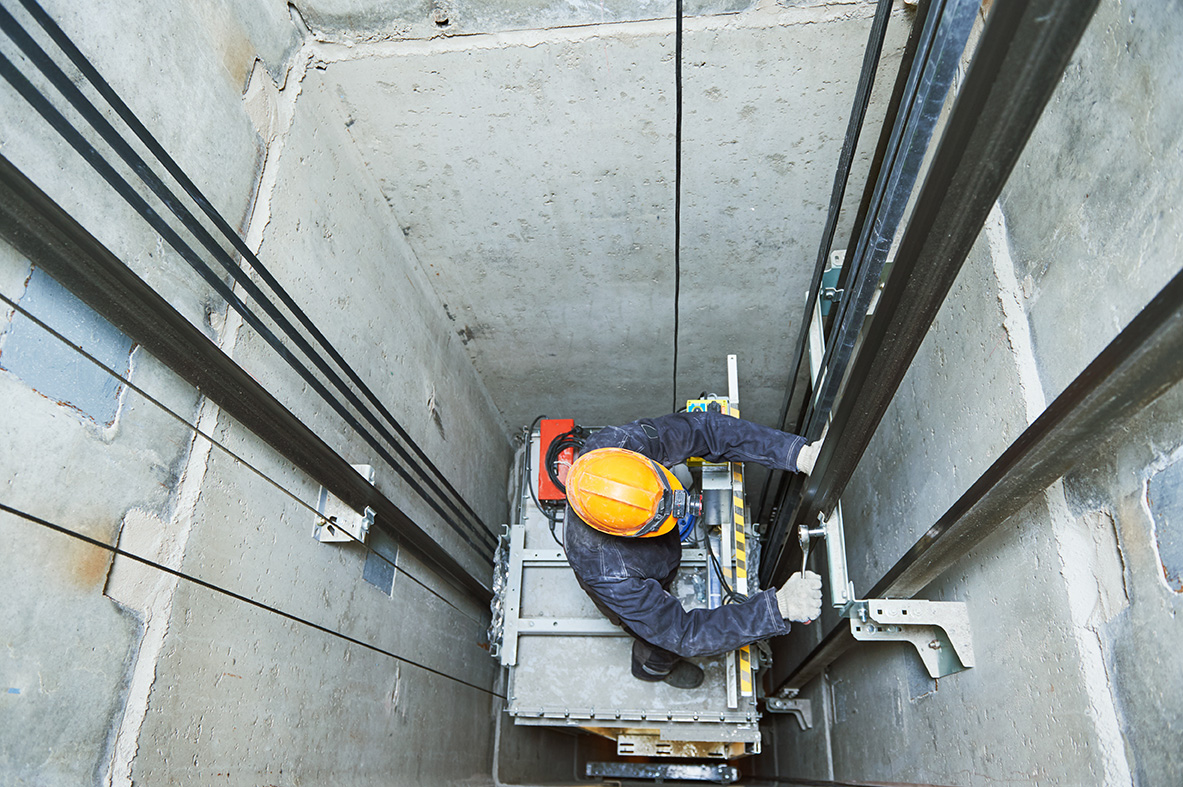Comprehensive Overview to Lift Equipments and Their Upkeep
Navigating the intricate globe of elevator systems and their maintenance is a job that demands precision and expertise. From the different types of lift systems in usage to the precise adherence to safety laws, the maintenance of these vertical transport gadgets is a multifaceted undertaking. As buildings soar greater and innovation advancements, the need for a comprehensive understanding of lift systems becomes significantly vital. Join us as we decipher the intricacies of elevator upkeep, checking out usual problems, ideal techniques, and advanced modern technologies that shape the modern-day landscape of vertical transport.
Sorts Of Lift Systems
Lift systems can be found in numerous kinds, each developed to match certain structure demands and user demands. The most usual types include hydraulic elevators, grip lifts, machine-room-less lifts, and vacuum cleaner elevators. Hydraulic lifts are ideal for low-rise structures and use a hydraulic piston to relocate the elevator cars and truck. Grip elevators, on the other hand, are a lot more matched for skyscraper buildings and use steel ropes and counterweights to relocate the auto. Machine-room-less lifts are a space-saving option as they do not need a separate maker area for the lift machinery. Vacuum elevators, a more contemporary technology, usage atmospheric pressure differentials to move the auto within a transparent tube.
Each sort of lift system has its very own advantages and negative aspects, making it important for building proprietors and developers to meticulously consider their particular demands prior to picking one of the most ideal option. Elements such as constructing elevation, area accessibility, energy efficiency, and budget plan restraints all play a considerable role in identifying the most effective lift system for a particular structure.
Common Upkeep Concerns
Normal maintenance of lift systems is crucial to make certain smooth operation and extend their life-span. Regardless of regular maintenance, lift systems can still encounter usual maintenance issues that require to be without delay resolved to avoid disturbances in solution. One of one of the most frequent problems is door malfunctions. Elevator doors might obtain misaligned, resulting in problems with opening and closing correctly. This can trigger hold-ups and security risks, requiring immediate focus from upkeep specialists. One more usual problem is associated with the lift's leveling precision. Travelers might experience tripping risks and discomfort if the lift doesn't line up properly with the floors. In addition, concerns with the control system, such as sensing unit issues or electric issues, can cause the elevator to malfunction or quit working completely. Regular inspections and positive upkeep can aid recognize and fix these typical upkeep problems before they rise and influence the total efficiency of the elevator system.
Security Laws and Compliance
Following rigorous safety and security policies and making certain conformity with market requirements are critical for keeping the functional honesty of lift systems. Elevators undergo a detailed set of safety and security regulations to safeguard travelers, maintenance workers, and the public. Regulative bodies such as the Occupational Safety And Security and Health Management (OSHA) in the USA and the European Lift Association (ELA) in Europe develop standards that cover numerous facets of elevator design, installment, maintenance, and procedure.
Conformity with these guidelines is not only a legal need yet likewise an ethical obligation for structure proprietors and elevator maintenance companies. Failure to meet safety criteria can cause fines, lawful obligations, and, most notably, jeopardize the safety of individuals making use of the lift. Regular evaluations, maintenance checks, and adherence to safety protocols laid out in the regulations are vital to ensure the safe and effective operation of elevator systems. By prioritizing safety and security policies and conformity, stakeholders can promote the click resources count on of the public and minimize prospective threats associated with lift usage.
Ideal Practices for Maintenance

Another vital ideal practice is to immediately attend to any kind of uncommon noises or reported problems to avoid more damages. Executing a positive approach to upkeep can conserve money and time in the future by preventing pricey repair services or replacements. Structure owners should also consider purchasing modernization upgrades to improve the effectiveness and security of their elevator systems. By adhering to these finest methods, lift try these out systems can run smoothly and securely, providing dependable upright transport for owners.

Advanced Technologies for Performance
Carrying out sophisticated technologies in lift systems can substantially boost operational performance and guest experience. These systems enable guests to input their wanted floor before entering the elevator, which then directs them to the most efficient automobile.
Moreover, the combination of clever sensing units and anticipating upkeep abilities has actually revolutionized elevator upkeep. These sensing units can find possible concerns before they escalate, making it possible for proactive upkeep treatments and reducing downtime. Additionally, making use of regenerative drives and energy-efficient parts helps in reducing power consumption and operating prices in elevator systems.
Furthermore, the execution of cloud-based surveillance and remote diagnostics allows for real-time tracking of elevator performance and instant troubleshooting of any breakdowns. This aggressive technique not only improves system integrity however also boosts the overall user experience by guaranteeing nonstop and smooth elevator procedures.
Conclusion
In conclusion, recognizing the various sorts of lift systems, usual maintenance find concerns, safety regulations, finest upkeep methods, and progressed innovations for effectiveness is crucial for guaranteeing the smooth procedure of elevators. By sticking to safety laws and applying finest techniques for maintenance, building owners can prolong the life expectancy of their lift systems and guarantee the safety and security of guests. It is very important to stay updated on the most up to date improvements in elevator technology to enhance effectiveness and reliability.
The most typical types consist of hydraulic elevators, grip elevators, machine-room-less elevators, and vacuum cleaner lifts. Hydraulic lifts are optimal for low-rise buildings and utilize a hydraulic piston to move the elevator auto. Machine-room-less elevators are a space-saving alternative as they do not need a different equipment room for the elevator equipment. Routine examinations and positive maintenance can aid determine and settle these usual upkeep problems before they escalate and affect the total efficiency of the elevator system.
